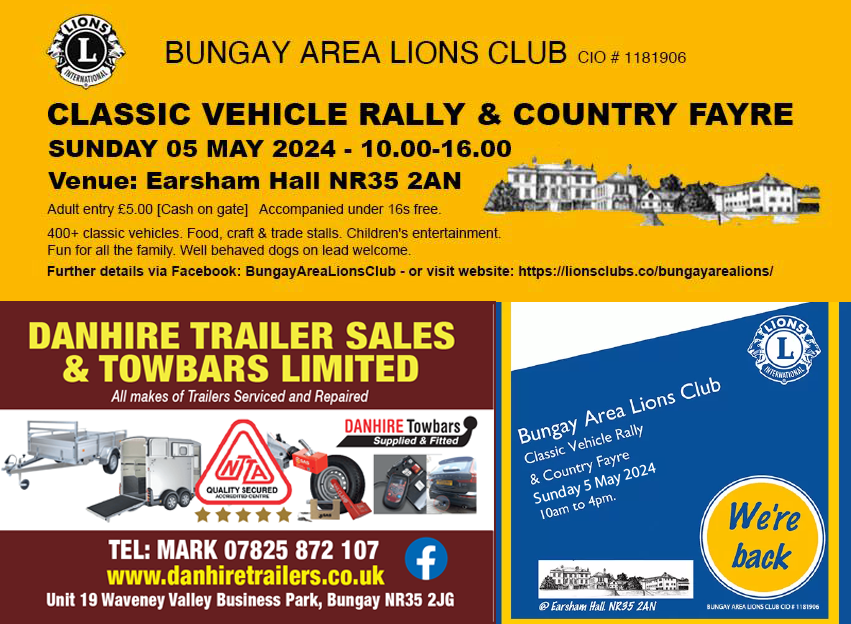>February Events / Business Editorials / Events in Norfolk and Suffolk / Tourist Attractions Norfolk and Suffolk / Waveney Valley February 23, 2024

Choosing The Right Employees For Your Business: Interview Tips And How To Tell A Good CV
Choosing the right employees is pivotal for the success of your business. It involves scrutinising CVs to discern potential and conducting interviews that reveal more than just what is on the paper. This guide offers valuable insights into navigating the recruitment process, ensuring you select candidates who will contribute positively to your business’s culture and objectives.
Understanding the CV
A Curriculum Vitae (CV) is more than a list of qualifications and previous job roles; it’s a window into the candidate’s professional journey. To tell a good CV, look beyond the qualifications and focus on the narrative it presents. Does it show progression and ambition? Are there gaps, and if so, how are they explained? Consistency in formatting, attention to detail, and personalised cover letters tailored to your company are signs of a candidate who takes their application seriously. Remember that some necessary training, such as online health and safety training courses, can be carried out once you’ve hired candidates, so it isn’t always necessary on a CV.
Relevance: The most suitable CVs align closely with the job description, demonstrating how the candidate’s experience and skills match your needs.
Achievements: Look for quantifiable achievements rather than just duties. Numbers and statistics can provide a clearer picture of a candidate’s capabilities.
Layout and Precision: A well-structured CV that is easy to read indicates good organisational skills. Pay attention to spelling and grammar, especially if the role requires strong written communication skills.
Conducting the Interview
The interview is your opportunity to validate the impressions gained from the CV and assess how well the candidate fits within your team. It’s not just about what candidates say but how they say it. Non-verbal cues, such as eye contact and body language, can be just as informative.
Preparation: Familiarise yourself with the candidate’s CV and prepare open-ended questions encouraging detailed responses. This approach helps in understanding how the candidate thinks and solves problems.
Behavioural Questions: Use behavioural interview questions to learn how the candidate has handled situations in the past. Questions like “Can you tell me about a time when you had to overcome a significant challenge at work?” can reveal a lot about a person’s resilience and problem-solving skills.
Cultural Fit: Assessing whether a candidate will thrive within your company culture is crucial. Questions about work style, collaboration, and values can help determine whether they match.
Red Flags and Positive Signs
Be wary of red flags during the CV review and interview stages. These include unexplained employment gaps, frequent job-hopping without valid reasons, and inconsistencies between the CV and what is said in the interview. Conversely, positive signs include clear career goals, enthusiasm about your company and the role, and well-researched questions that demonstrate a genuine interest in contributing to your business.
Making the Decision
After interviewing, take time to reflect on each candidate’s responses and overall suitability. It’s beneficial to involve other team members in the decision-making process, as they may offer different perspectives on the candidate’s fit within the team.
References: Don’t overlook the importance of references. They can provide additional insights into the candidate’s work ethic, reliability, and how they interact with others.
Trust Your Instincts: Sometimes, the decision comes down to your instincts. If a candidate looks great on paper but something feels off during the interview, it’s worth considering how they would fit into your team dynamics.








